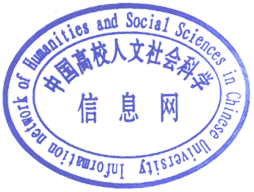日语学习者「たり」的习得研究 -以湖南大学日语学习者为中心-
作者:王文婷 苏鹰
关 键 词 :二语习得 「たり」 语料库 形式 意义用法学科分类:
摘要/Abstract
本文通过对湖南大学日语学习者(以下简称为学习者)作文语料的分析,考察了学习者「たり」的习得状况。同时,将这些作文语料与现代日本语书面语均衡语料库的语料进行对比,从形式和用法两方面比较学习者与日本母语者(以下简称为母语者)在习得「たり」时的差异。研究发现,在形式上,学习者主要使用「(~たり)~たり」结句,其比率是母语者3倍多;在用法上,学习者使用的主要是「たり」表示列举的用法,反复、暗示、缓和语气、强调等用法基本没有使用。究其原因,笔者认为除了与中介语作文题目、学习者个人差异等因素外,还可能与教材有关。
Through an analysis of the composition corpus of the Chinese learners (hereinafter referred to learner), this article invest Japanese auxiliary word tari. Compared with BCCWJ’s (Balanced Corpus of Contemporary Written Japanese) data, we find that in the form , the learners are more like to use ‘~tari~tari’to summary sentence, the rate is triple the native speaker. In the usage, the learners are more like to use the ‘list’, repeatedly, indicate, lighten tone, stress’ usage are mostly useless. The reason we find is that despite the data’s Composition title, the learners Individual difference, the reason is probably has a relationship with the teaching material.

